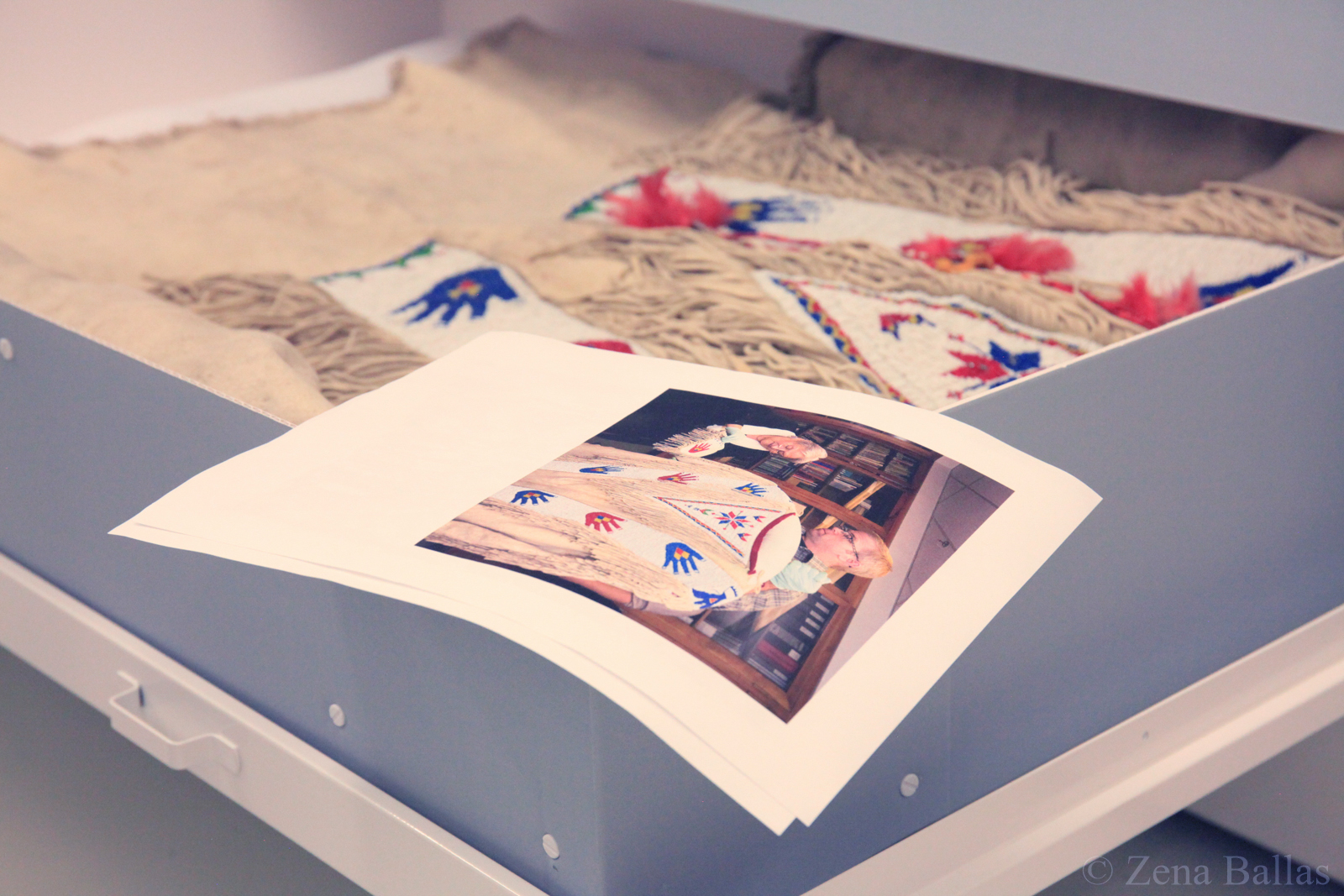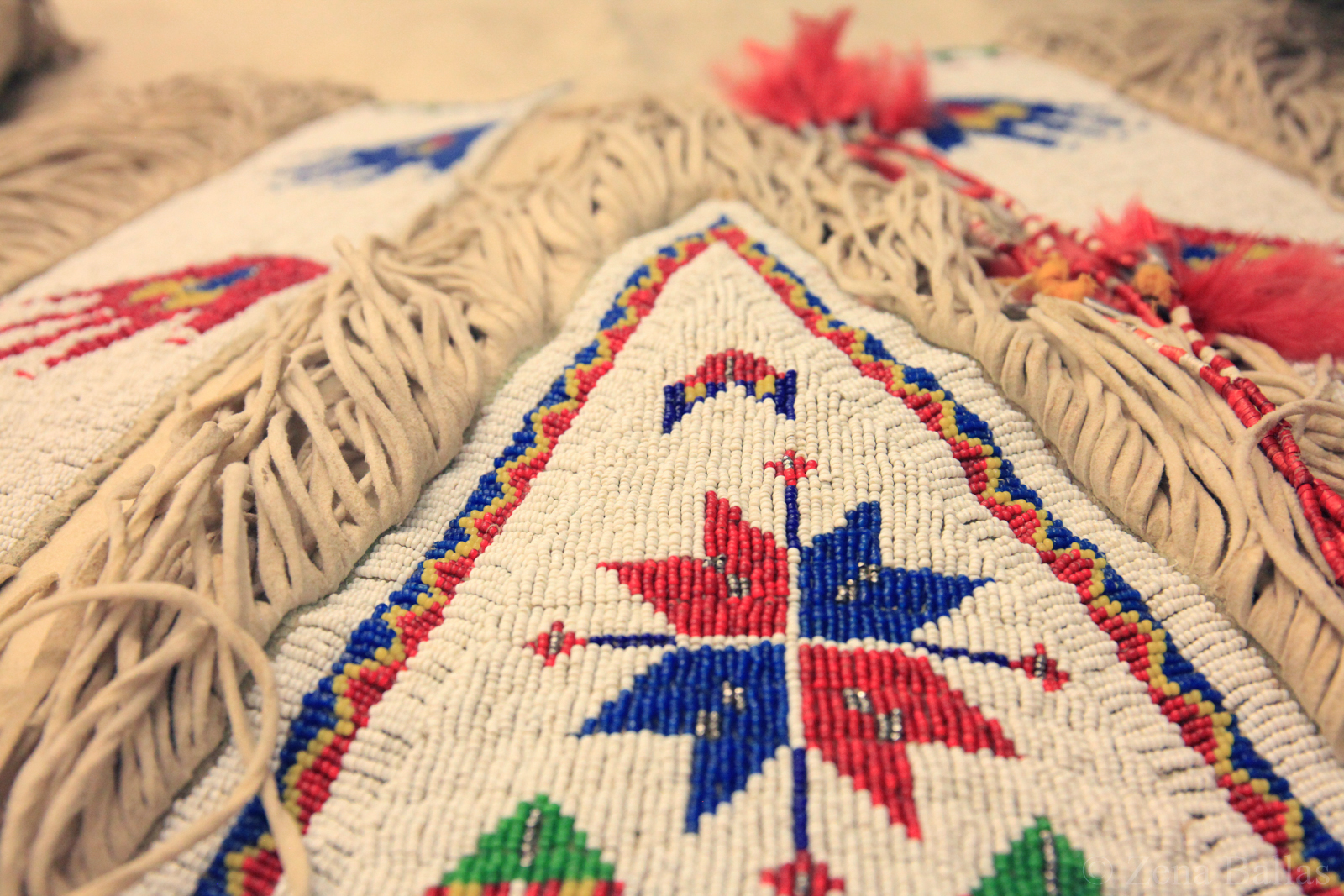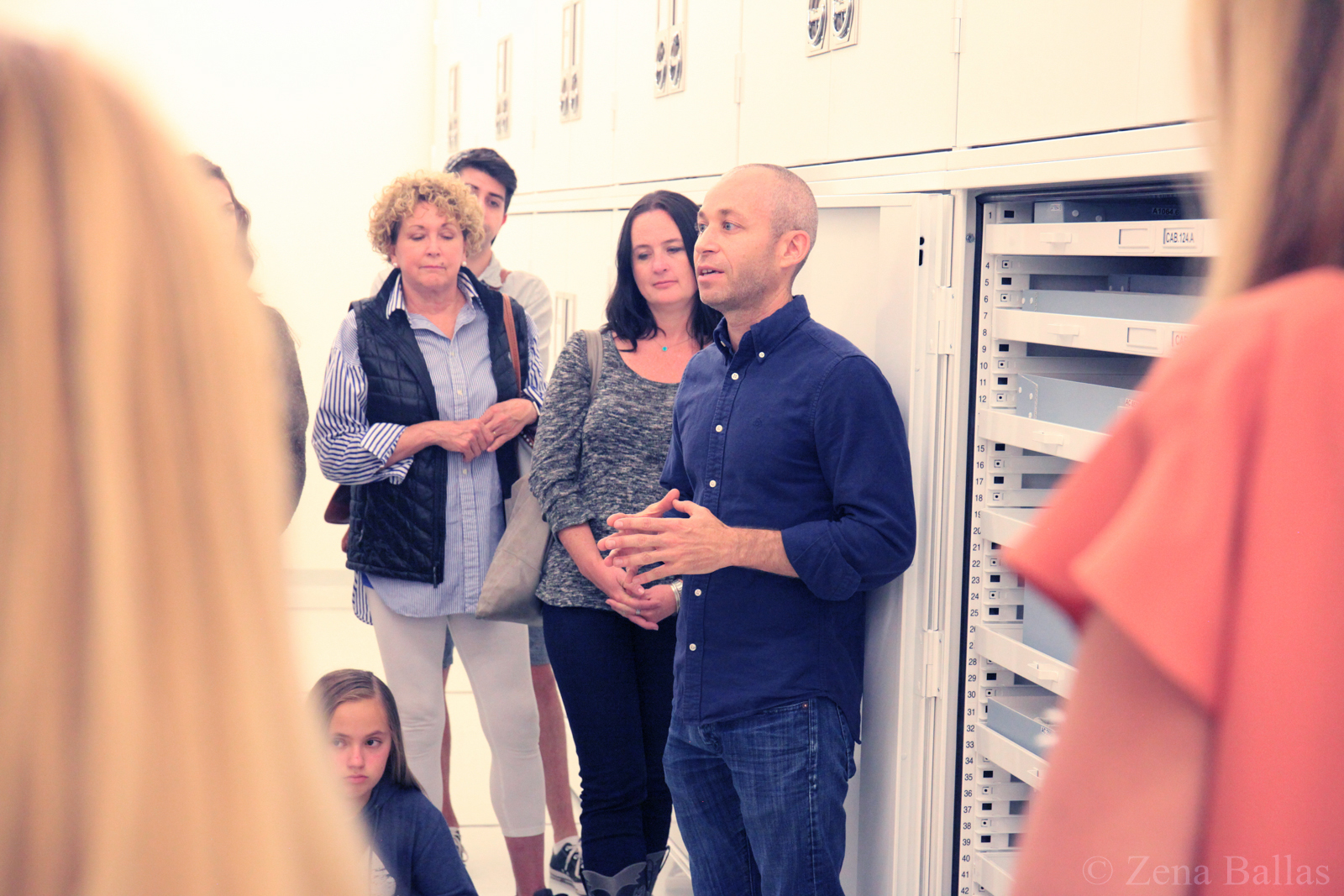How do you represent 420 Federally recognized tribal communities in the United States? To answer this complex question, the Anthropology Department at the Denver Museum of Nature & Science (DMNS) invited TEDxMileHigh for an Adventure to help us understand the ethics and tensions between Native American communities and the DMNS.

Ernest House, Jr.
Ernest House, Jr. introduced himself as the Executive Secretary for the Colorado Commission of Indian Affairs (CCIA), maintaining the communication between the Southern Ute Indian Tribe, the Ute Mountain Ute Indian Tribe, and other American Indian organizations, state agencies and affiliated groups. In talking about whether or not sacred objects should be preserved, Ernest House Jr. said that many objects were not meant to be preserved. “None of us was meant to be here forever.” He told the story later of bringing in his a relative’s head dress to History Colorado and the preservationist there was asking why they didn’t treat it more carefully. They said “If a feather falls, it was meant to fall.”
A visitor asked “So, if I’ve got an arrowhead, what should I do with it?”
In a previous role where he led tours, guests would inevitably pick up an arrowhead or pottery shard, and more often than not, a few weeks later people would return the object by mail saying that they experienced misfortunes after they returned home and kept thinking about what they had done – some even provided detail drawings of where they found the object and what position it was in when they found it.
“My tribe did not find Colorado — instead, Colorado found us as its people had been on this land for 8,000 to 10,000 years.”

Dr. Chip Colwell
Of course, repatriation is a topic of unparalleled importance in the museum world today, particularly as museum personnel struggle to meet deadlines imposed by law, and the DMNS is no different. Though Dr. Colwell believes that it’s important to respect the culture from which the items in his possession originate, he has equal concern about the loss of museum collections. Repatriation is an issue of extreme importance for Native Americans, archaeologists, and physical anthropologists alike. In his book, Plundered Skulls and Stolen Spirits, he proposes the questions, “Who owns the past? Museums that care for the objects of history or the communities whose ancestors made them?” During the adventure he gave a story behind one of the many objects in his care.


Daniel Blackhorn was a rebel and refused to accept American power. Actively fought against the United States government. Around 1890, the so-called Indian Wars came to a close, and most tribes decided that it would survive through a peaceful means. Daniel Blackhorn was among those advocating for peace. When the Indian wars came to war, there was an ironic fascination with Native cultures—just as they were on the cusp of extinction—suddenly, Americans and Europeans were interested in Native history, culture, and personalities. If you’ve heard of Buffalo Bill became fascinated with by glamorizing the end of the Indian wars. At the end of the Daniel Blackhorn, was invited the Buffalo Bill’s Wild West show, he spent a couple of years traveling in the United States Europe. He reportedly didn’t know English, so he mainly communicated through handshakes—which was itself cultural practice Havasu and was struck by all the hands he shook. When he returned in 1910, he asked his wife Bessie if she could make him a shirt to commemorate all those encounters; their 5 year old son used his hand prints for a model for the shirt. That same little boy is Stella Ironcloud’s father, and this is the only piece of to remember him by. So the DMNS is not only a curator, but is a steward of essential this deeply meaningful piece of family history.
“Why don’t you return it?” Interestingly, the family didn’t ask for it back but Stella felt as if the DMNS is in the safest possible place. If they did claim it, however, they would have some difficulty under NAGPRA. The Federal government only concerns four categories of property:
- human remains
- funerary objects
- objects of cultural patrimony (owned by the entire community like the Statue of Liberty—belonging to all Americans)
- and sacred objects (currently and previously used for religious purposes).
This shirt would not qualify, unfortunately, which goes to prove that it’s a fraught task of assigning ownership of Indian artifacts. All that they would be able to rely on is the ethics code that Museums should live by, even if the law doesn’t support it. However, Ernest mentioned that there are over 400 cases of repatriation currently open, with an additional 800+ outside of Colorado!



















